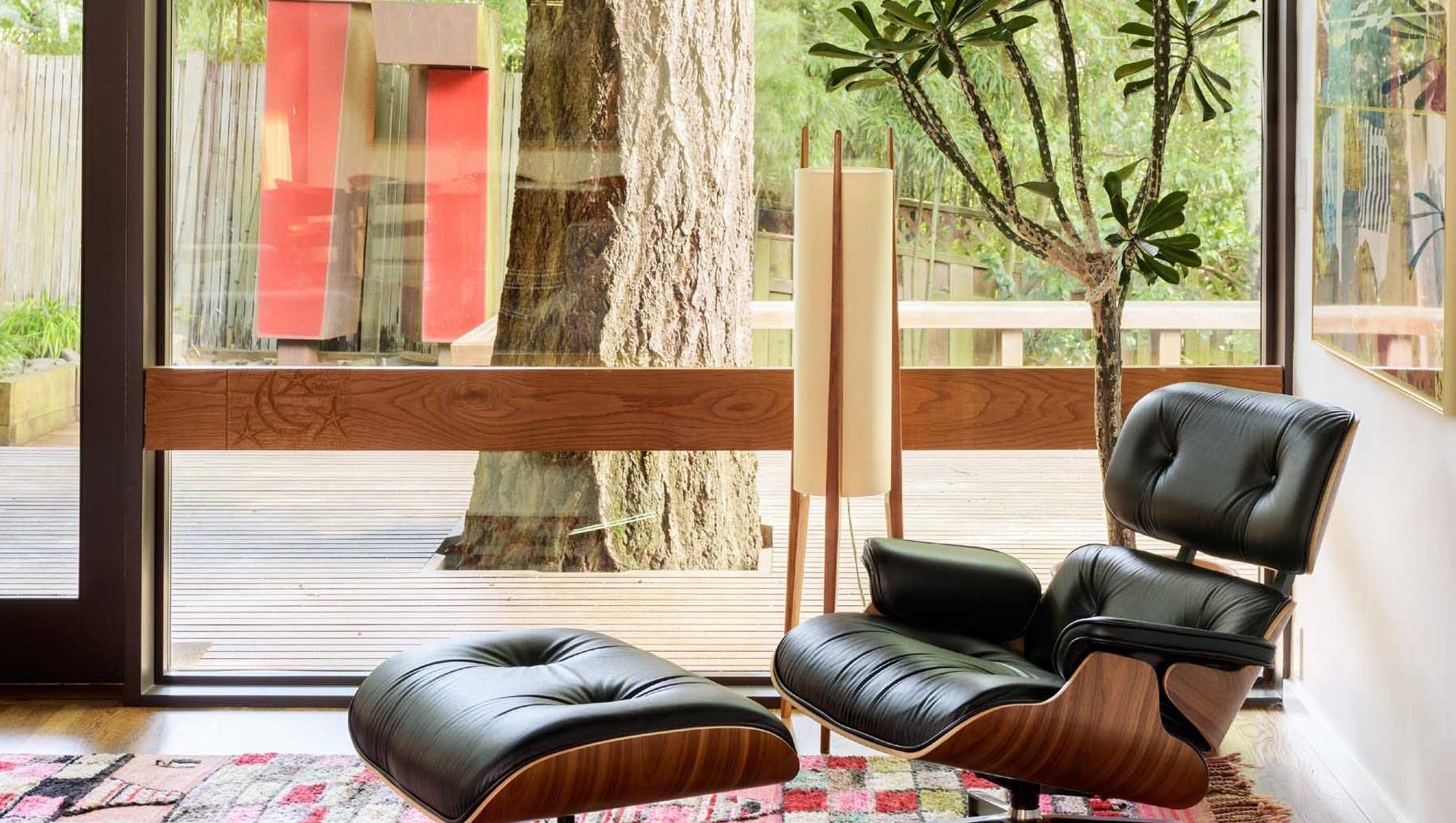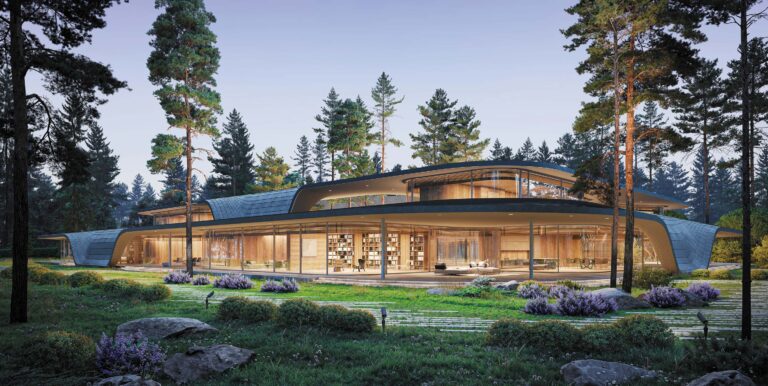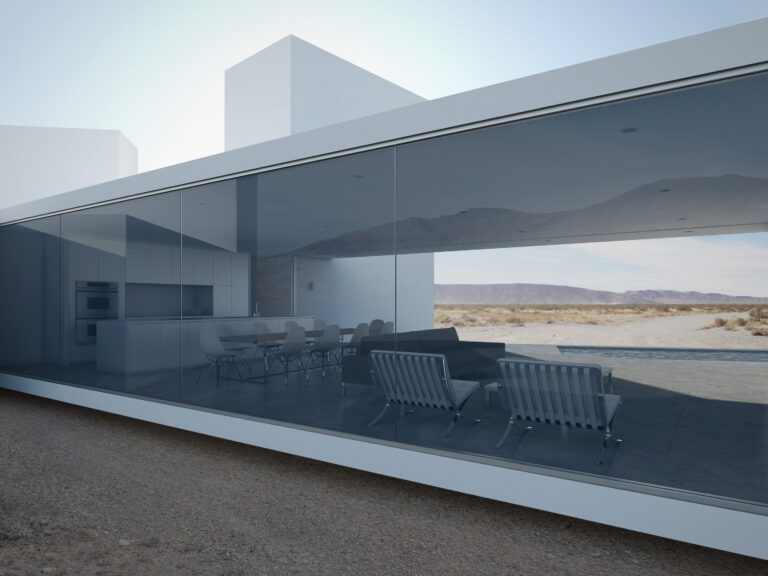From Product Design to Interiors to Architecture, the Mid-century Aesthetic Features Clean Lines and Organic Curves That Achieve a Modern Look
In architecture, the International and Bauhaus movements—led by Walter Gropius, Le Corbusier and Ludwig Mies van der Rohe—are the roots of Mid-century Modern design, which was popular all over the United States, in addition to Europe and Brazil. Open floor plans and ample glass windows—in order to bring the outdoors in—sleek lines and geometric forms, functionality and minimal ornamentation characterize this style.
In furniture design, this taste for simplicity and passion for exploring different materials translated into iconic pieces such as the Eames lounge chair, which to this day adorns stylish, contemporary interiors all over the planet. George Nelson, Eero Saarinen, Arne Jacobsen and Eileen Gray are just some key designers whose work exemplifies Mid-century style.
Those who admire the Mid-century aesthetic in the contemporary era include a couple who, after living and working in the Los Angeles area for 10 years, moved to a Mid-century house in Portland, Oregon, that fit their personalities and love of pure lines.
Originally designed in the 1950s by architect William Fletcher, “this project was a very thorough remodel,” interior designer Jessica Helgerson says.
“Before our clients purchased the home, it was owned by an artist and during our design process we kept in mind both the style of the house as well as the playful eye of its previous occupant. Our clients were artists as well, with a strong aesthetic of their own, so the remodel was a delicate process of stirring all the various ingredients without letting any of them lose their particular flavor.”
In this home, floor-to-ceiling glass windows offer peaceful views of the natural surroundings. A combination of vintage furniture, contemporary artwork and contrasting materials creates a warm atmosphere.
Elegant and modest, the aesthetic also highlights functionality: form follows function, according to American architect Louis Henry Sullivan’s famous axiom. In Palm Springs, a large concentration of modern homes designed by architects often called the “Desert Modernists” are clear examples of how inventive materials and new construction techniques were used to shape houses considered today as Mid-century Modern landmarks.
The desert is home to structures by Richard Neutra, John Lautner, William F. Cody, and E. Stewart Williams—to name a few. While reflecting a vintage feel, modernist homes and pieces of design naturally convey a sense of timelessness, aligning them perfectly with contemporary taste.
Photo Courtesy of Aaron Leitz


